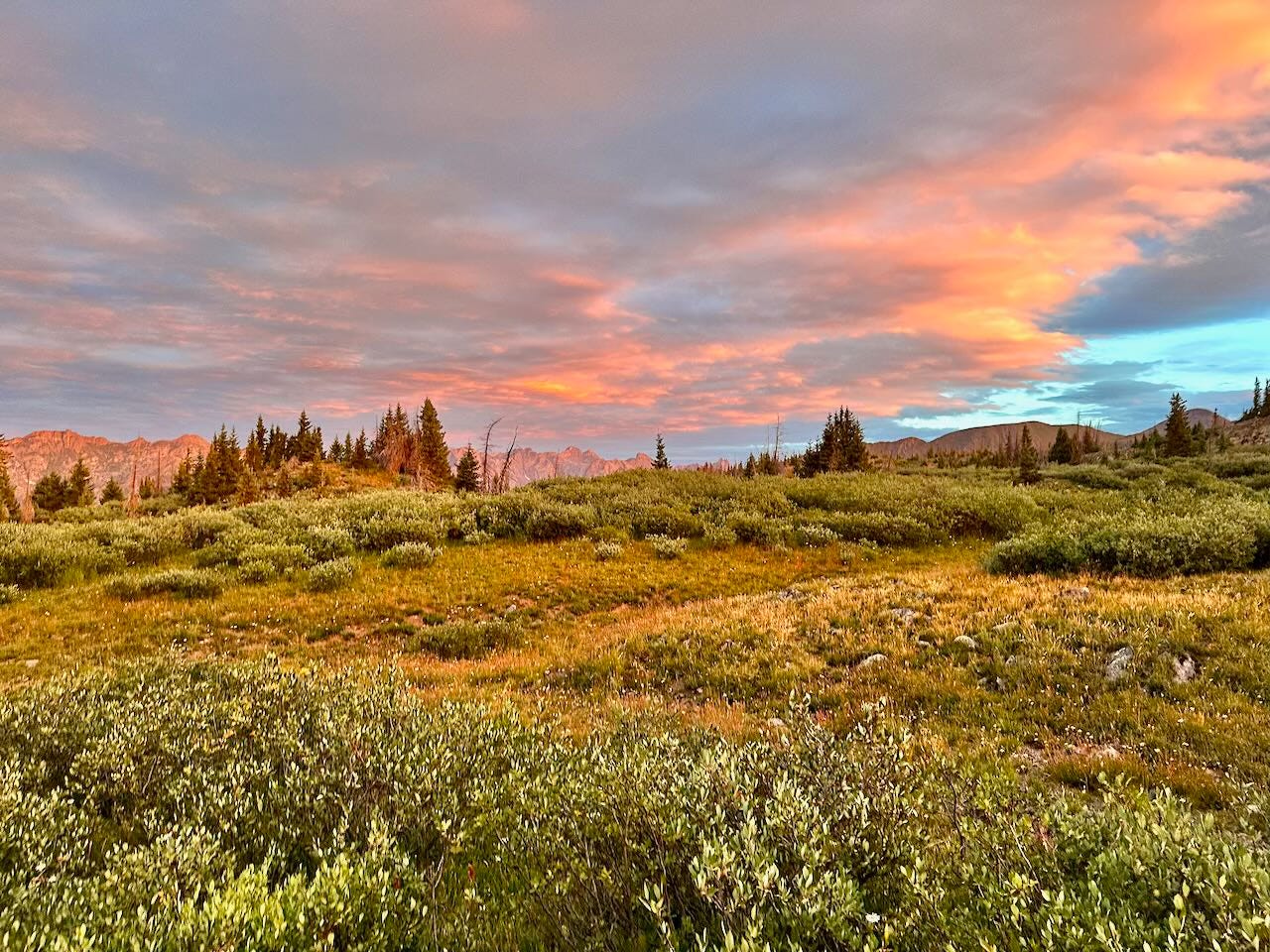Public Land Reporting Has Never Mattered More
Please help Public Domain continue to deliver what we all need most to make sense of these fast-moving developments: hard facts and context.
Dear Public Domain Subscriber,
Thank you for your support. America’s public lands are at a crossroads. The Senate Energy and Natural Resources Committee will soon begin debating its portion of President Donald Trump’s “Big, Beautiful” budget reconciliation bill — which contains a provision requiring the sell-off of as many as 3.2 million acres of federal public land managed by the U.S. Forest Service and the Bureau of Land Management. If passed as currently written, the measure would mark the biggest step backwards for public land since the United States started its transformative conservation tradition more than a century ago.
The lead up to this moment has been filled with 11th-hour amendments, political shape-shifting and late-night news bombshells. Through it all, Public Domain has quickly delivered what we all need most to make sense of this fast-moving story: hard facts and context.
At the same time, we’ve continued to break some of the most important stories on the beat. Most notably, Public Domain was the first news outlet to obtain and publish the Interior Department’s draft strategic plan that envisions scaling back federal public land holdings, while gutting environmental regulations and boosting extractive industries like oil drilling and mining — a story that became national news and was later cited by outlets including The New York Times, The Washington Post, and Bloomberg News. And in the four-and-a-half months since we started, we’ve published dozens of other scoops and features that would likely have gone unreported without Public Domain — including Jimmy Tobias’s illuminating exposé of Utah’s PR campaign to seize public lands, Chris D’Angelo’s revelation of the deep ties between Interior Sec. Burgum and the de-extinction company he promotes, and Roque Planas’s portrait of the stand-off between rightwing rocker Ted Nugent and Texas Parks and Wildlife Department over his property’s exposure to chronic wasting disease.
We write these stories in the public interest and want them to reach the widest possible audience. That’s why we’ve resisted implementing a paywall and why we’re partnering with other outlets to syndicate our work. But the fact of the matter is that quality news reporting costs money. We’re writing today to ask our free subscribers to consider upgrading to a paid membership to help us keep producing the hard-hitting, mission-driving journalism that this moment demands.
We understand it’s a big ask and not everyone can afford it. If you are not able to contribute at this time but still want to help us grow, the other big way you can help is to share our work with people who care about public land issues and urge them to subscribe to our email list.
To our paid subscribers, thank you so much for your support and we hope you will continue to back our work in the months ahead. There is so much happening and so much work to do.
Thank you again for subscribing to Public Domain. We’re deeply grateful for this community of readers and public land lovers.
Sincerely,
Chris D’Angelo, Jimmy Tobias and Roque Planas.





